
I've been a Professional Dog Trainer for several years. It's a job I love because each dog is unique and allows me to continually learn. With each dog I tweak my methods and hopefully improve.. All Professional Dog Trainers speak to people who've attempted to train their own dogs. Some do an excellent job, some fail miserably. Personally I find it amusing when a customer tells me,"I don't get it, one dog listens, the other doesn't". This is a result of not understanding training methods.
To become a Certified Trainer you must understand the theory behind training. Once you have a clear understanding of both POSITIVE REINFORCEMENT and NEGATIVE REINFORCEMENT you'll be aware of different ways to teach many behaviors. These two methods are a step by step way to condition your dog. Positive Reinforcement is the using of incentives to motivate the dog. A toy, a treat, a pat on the head, are all forms of positive reinforcement.. We can use one , or combinations of them. The trick is knowing what form to use and when. Negative Reinforcement is, the using of a consequence, (something the dog doesn't like) to compel him to follow our commands. These range from water squirted in the face, leash corrections, or clapping loudly. An extreme form of Negative Reinforcement would be pinning the dog. I do not recommend anyone attempting to pin a dog without professional instruction. Pinning dogs may lead to serious problems. A good trainers should show a clear understanding of both training methods. In order to use either effectively the trainer must also recognize temperament types.. This specialized knowledge takes time to develop and is necessary.
How do we reinforce a behavior? You want to teach your puppy to sit when you ask him, not when he feels like it. The fact the dog does not sit reliably is a sign that the behavior was not reinforced. Positive Reinforcement is an effective way to condition your dog to follow commands and it works well when done correctly . The trick is in the timing, knowing when to give a treat and just as importantly, knowing when not to. repetition is key(without allowing the dog to tire and understanding that the goal is to eliminate the treats as the dog learns. It's by eliminating the reinforcement that dogs stay motivated to continue to follow commands. This method of training will work well for many dogs and is very effective with puppies.
Negative Reinforcement involves the delivery of a consequence when a dog doesn't follow directions. An example of using this method would be pulling up slightly on the leash to prompt your dog to sit. This would be done along with the command. If the dog still didn't comply, the trainer would give a quick correction(negative consequence) to encourage the dog to comply. This method of training is also effective, but we need to know when it is appropriate. This is where specialized knowledge is necessary.
Professional Trainers study a great deal about the differences between breeds. We learn what instinctual drives prompt some dogs to act in certain ways. This helps us to pick a training method that will work for whichever dog we are training. We also learn characteristics of timid dogs versus a confident dog, or an aggressive dog. These three categories will often decide which style of training used. This writer will expand on these categories in the future.
My intention when writing Canine related papers is to broaden all dog lovers knowledge. Many people own dogs, but know very little about them other than common myths. I hope to fill a small gap by writing factual based information that is be of interest to many dog lovers.
 Dog Dental Health: Preventing Diseases and Plaque On Your Dogs Teeth
Dog Dental Health: Preventing Diseases and Plaque On Your Dogs Teeth
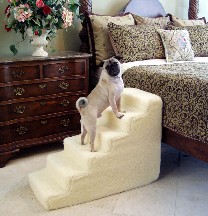 The Best Products For Little Dogs
The Best Products For Little Dogs
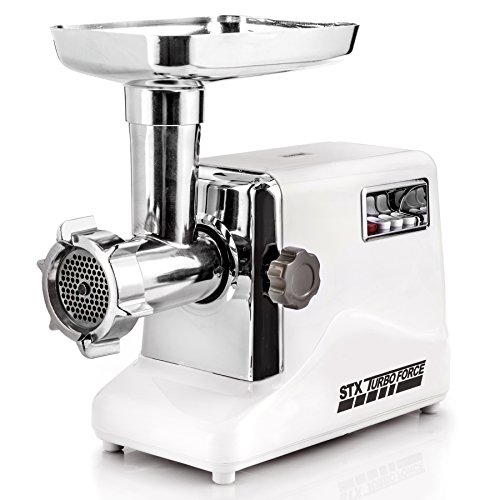 Canine Nutrition and Wellness Part 2: Feeding Your Dogs Homemade and Unprocessed Meals
Canine Nutrition and Wellness Part 2: Feeding Your Dogs Homemade and Unprocessed Meals
 Be Prepared Before Taking Your Dog on Your Next Holiday Road Trip
Be Prepared Before Taking Your Dog on Your Next Holiday Road Trip
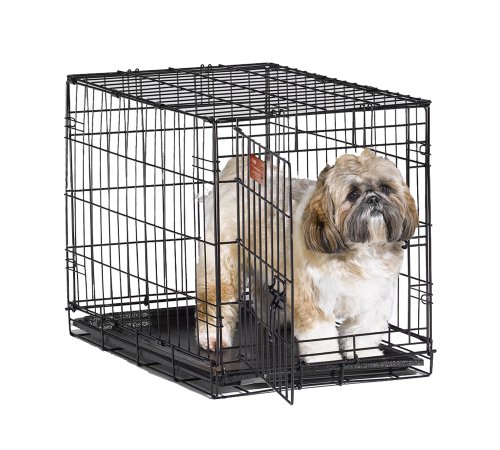 Mistakes to Avoid When Raising a Dog
Mistakes to Avoid When Raising a Dog
 How Not To Use Treats In Dog Training
How Not To Use Treats In Dog Training
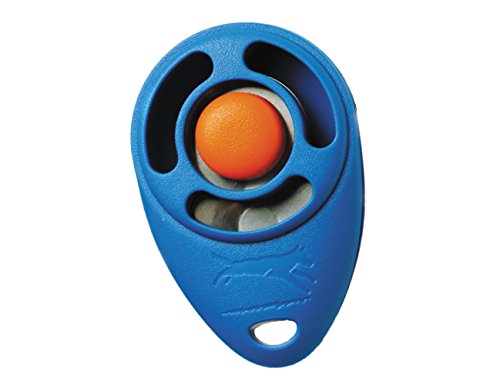 The Guide to Buying a Dog
Buying and owning a dog is a
The Guide to Buying a Dog
Buying and owning a dog is a
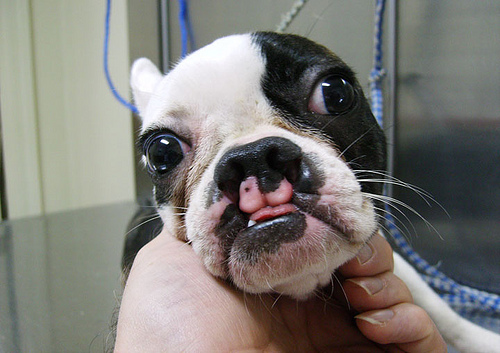 Cleft Palates and Cleft Lips in Puppies - Dog Health
Cleft Palates and Cleft Lips in Puppies
Cleft palates and
Cleft Palates and Cleft Lips in Puppies - Dog Health
Cleft Palates and Cleft Lips in Puppies
Cleft palates and
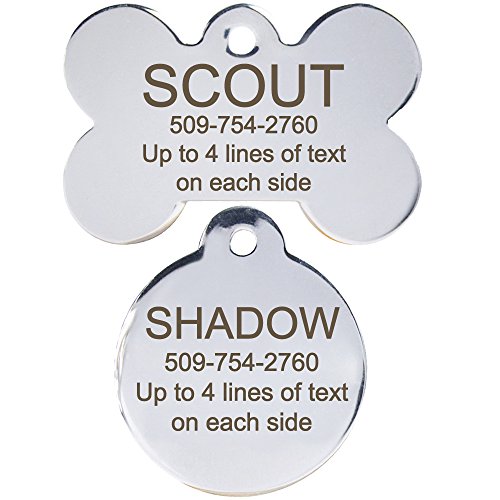 How to Find My Runaway Dog
If you are a dog owner, you
How to Find My Runaway Dog
If you are a dog owner, you
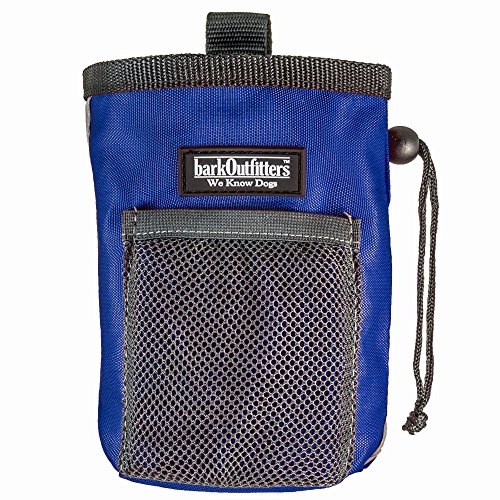 Small Dog Cross Breed As A Pet
Our dog, Mika , is quite a mix of breeds.
Small Dog Cross Breed As A Pet
Our dog, Mika , is quite a mix of breeds.
 Clipping your Pet’s Nails
Clipping your Pet’s Nails
Clipping your Pet’s Nails
Clipping your Pet’s Nails
Copyright © 2005-2016 Pet Information All Rights Reserved
Contact us: www162date@outlook.com